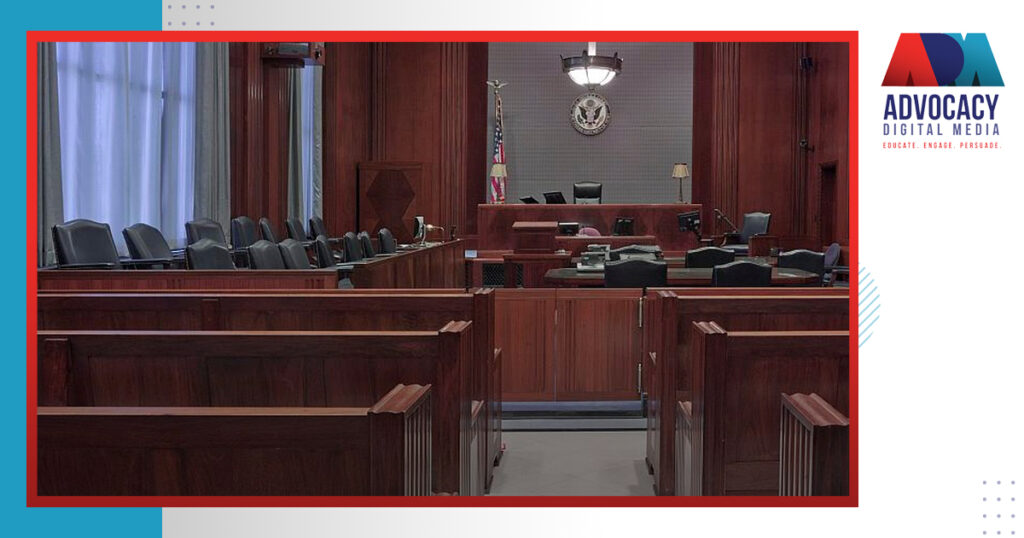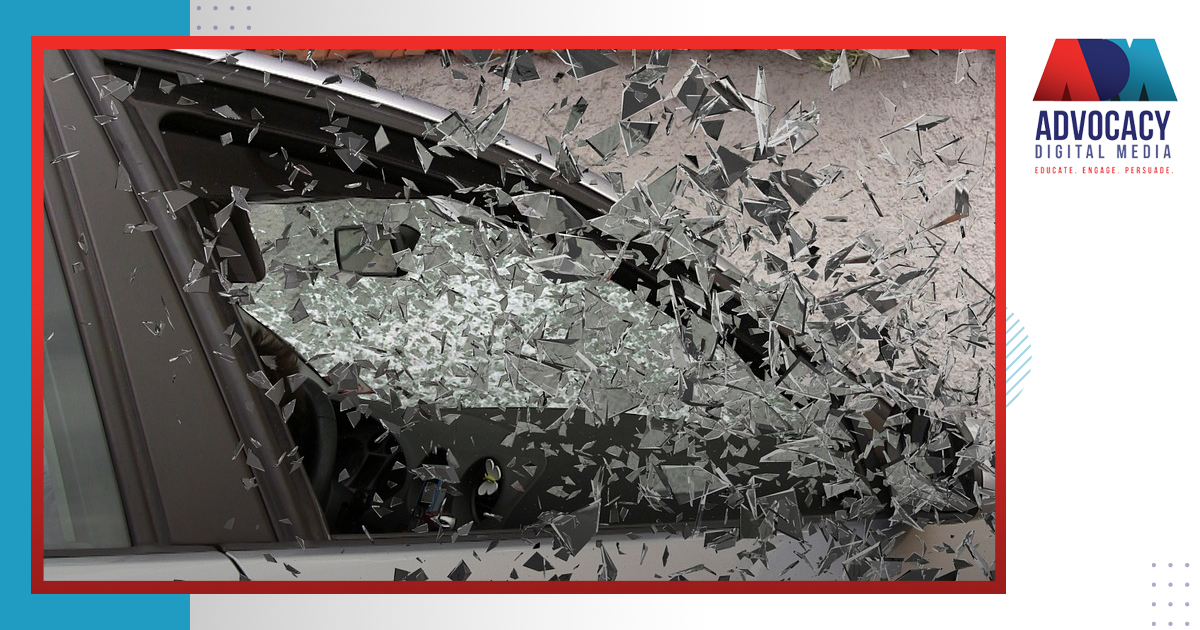When To Introduce a Jury to Demonstrative Evidence
You’ve taken time to have demonstratives created to show the jurors deciding your client’s case. However, now that you have those colorful, engaging courtroom exhibits produced, you’re wondering when to introduce a jury to demonstrative evidence like this.
If you’re a visual learner, you probably realize that these exhibits provide an excellent first opportunity to capture the jury’s attention and introduce them to the main points of your case. However, demonstrative evidence can be a powerful tool to visually represent complex ideas or timelines at other stages of your case and even to summarize or punctuate it at the end.
Below, we’ll address which type of demonstratives to present at trial and when, from our perspective, as illustrators and animators who have long worked with lawyers like yourself on creating admissible interactive courtroom exhibits.
Best Times During a Trial to Present Demonstrative Evidence
Demonstratives like 2- or 3-dimensional trial illustrations or animations are best presented to juries at the following stages of a trial in a personal injury case:
- During opening statements: If you’re wondering why it’s optimal to present demonstratives at this stage of a case, it comes down to making an impactful first impression. If you can capture your jury’s attention from the start, then it’s more likely that what you present will stay with them throughout the trial until they head into the jury room.
- When witnesses are testifying: Many of the witnesses you’ll call in your client’s personal injury case will likely be medical experts, crash engineers, and others with top-level, specialized knowledge in a particular area. Since the concepts they may be brought in to speak about may be quite complex for a layperson to understand, it can be helpful to have courtroom visuals, like diagrams and other interactive exhibits, to help clarify technical matters and otherwise illustrate what the witness is testifying to.
- During closing arguments: A juror is most likely to remember what was presented to them in the most understandable, memorable way. Computer-generated modeling or simulations are particularly effective at conveying and reinforcing any points that you want to stick with jurors and for them to perhaps focus on in the jury deliberation room. However, the demonstrative exhibits presented at the conclusion of a case should be slightly different from those presented during opening statements. The focus of the former should be on summarizing evidence and your and your experts’ interpretations of facts.
Should You Present Certain Types of Courtroom Demonstratives at Different Points in the Trail?
Yes. How the presentation of demonstrative evidence to a jury occurs can positively or negatively affect the impact it has on the jury. Some examples of different types of courtroom visuals and when they are most effectively shown to a jury include:
- Photo collages and other still imagery, such as oversized document captures: These may be best shown early, such as during opening statements, when you’re merely introducing the jury to your client or briefly introducing the incident that caused them harm. Why? Well, these demonstratives provide a mere image to associate with your words, yet they don’t provide much context on their face. At the very least, they serve to pique jurors’ interest until you circle back and address them in more depth during the trial. They may be appropriate for witnesses to use to complement their testimony, too. These can also be effectively re-used during closing statements to reinforce the “bigger picture” now that jurors have a better context as to these exhibits’ significance.
- Interactive, chronological timelines: These may be appropriate for presentation during opening and closing arguments as well as throughout the trial. These can be integrated with photos and documents and provide a great contextualization for how long an injury sidelined your client. Thus, you can use such a timeline early on and then as a recap later on in the case to cement for the jury just how catastrophic what your client has been through. Additionally, timelines like use are appropriate for use at different intervals when trying the case to explain where you’re at chronologically in retelling what they’ve endured.
- 2- and 3-D illustrations: These are particularly effective when an engineer or designer, for example, is trying to explain how different product components work or if a physician is trying to explain a person’s anatomy. Thus, while these can be briefly presented at the beginning and conclusion of a case, they’re best shown to jurors to give them visual cues to recall in the jury room when deciding whether to issue a verdict in your client’s favor.
- Animations and simulations: These are the interactive exhibits that bring what has only been recounted anecdotally by your client and other witnesses to life. These are particularly effective when used together with witness testimony — both that of eyewitnesses and experts. Of course, the downside in producing these is that it requires you to have extensive conversations with witnesses to recount what happened or to make such expert determinations before the appropriate data can be plugged into computer software and these demonstratives created. However, they’re particularly effective when presented at trial to show the plausibility of witnesses’ statements.
Factors To Consider When Having Interactive Courtroom Demonstratives Created
According to the National Law Review, visual presentations at trial can be particularly effective, especially given how a juror base is seldom one-dimensional in terms of their learning style.
However, just because it may be beneficial to have illustrations or animations to present at trial, it doesn’t mean that anything goes.
When having a company like ours, Advocacy Digital Media, create these trail exhibits, it’s important that you keep in mind the type of juror you (and defense counsel) are likely to impanel as part of the jury.
While you want to make sure it brings the content to life, you want to make sure that it’s accessible to a varied demographic that’s likely to be on that panel. You don’t want to make the mistake of making the demonstrative evidence so complex that it causes confusion among members of the jury.
If you keep the visuals on topic and relatively simple, with a solid delivery, you’ll keep their attention.
We hope that briefly touching on different types of demonstratives and when they’re best presented in a trial, aids you in understanding their value and how they provide you with maximum benefit for your client.
If you’re interested in getting any multi-dimensional drawings or simulations created to help strengthen a personal injury case you’re working on, reach out to us for help sooner rather than later, as interactive evidence like this can take some time to create.







